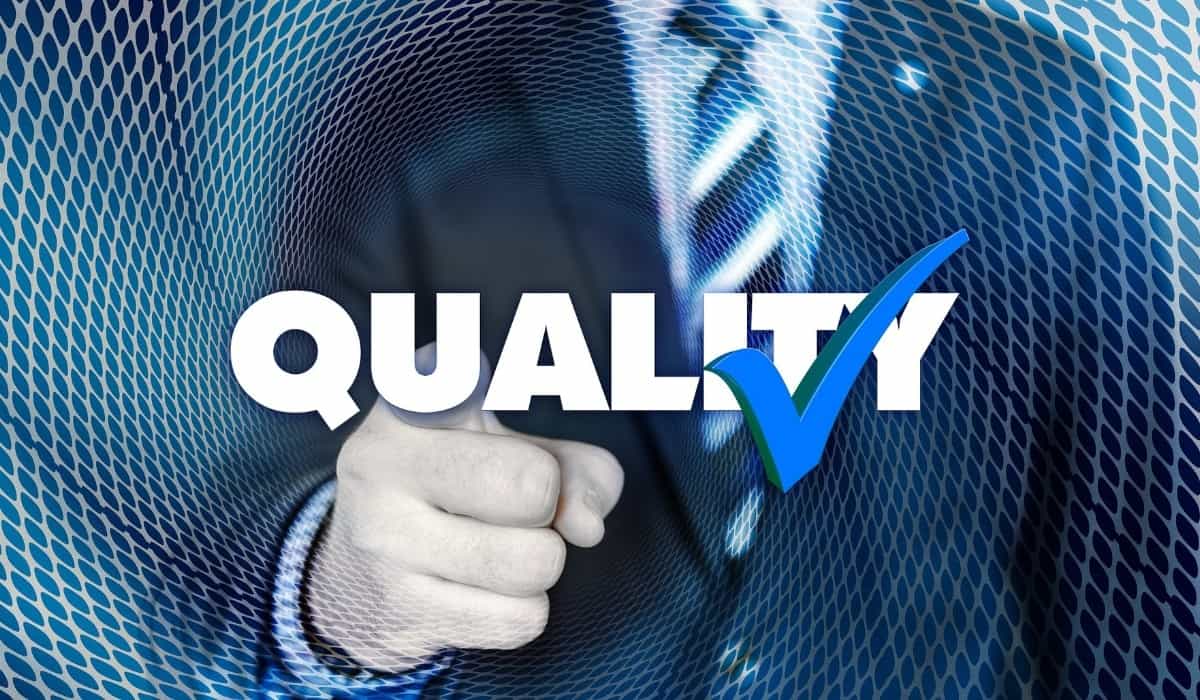ARTICLE SUMMARY:
FDA’s plan to revamp the US Quality System Regulation in the image of the global ISO 13485 standard won’t be as significant a reform as it sounds, FDA argues in its long-anticipated proposed rule out this week. But although QSR and 13485 have a lot of similarities, there are important distinctions FDA needs to work out in its newly proposed Quality Management System Regulation. Here are five areas to pay attention to.
FDA’s long-awaited tome proposing a new, globally harmonized quality management framework is out, and one message the agency tries to deliver to device companies is: things aren’t really going to be that different.
“This proposal does not fundamentally alter the requirements for a [quality system] that exist,” the agency states in its proposed rule, issued February 22, to amend the US Quality System Regulation (Part 820) to align with the globally recognized ISO 13485 standard.
Technically, the proposal withdraws “the majority of requirements for establishing and maintaining” a quality system and replacing them with a reference to the most recent (2016) version of ISO 13485. The result will be what FDA will dub the new Quality Management System Regulation (QMSR), which it says will reduce device manufacturers’ need to duplicate efforts to comply with US and other countries’ mandates. On the surface, FDA acknowledges, it sounds like a vast overhaul, but, in practice, FDA makes the case that QSR and ISO 13485 have been steadily converging.
“This alignment and similarity are particularly true for the 2016 version of ISO 13485,” the proposed rule states, and so the tangible impact on operating companies will not be as substantial as it could have been.
Still, there are some important distinctions between QSR and ISO 13485, and FDA couldn’t cleanly adopt all elements of the global standard and still retain consistency with the rest of US law. Here are five areas to watch for distinctions and caveats in the proposed rule:
1. Labeling and Packaging Control
One area FDA plans to retain QSR requirements that go beyond existing ISO 13485 provisions is for the scrutiny of product labeling and packaging, which, the agency notes, play a factor in “many device recalls” each year.
“ISO 13485 fails to provide additional requirements for labeling and packaging and does not specifically address the inspection of labeling by the manufacturer,” FDA states in the proposal. “Therefore, FDA proposes to retain requirements from the current part 820 that would strengthen controls for labeling and packaging operations.”
2. Document Control
The QSR also contains several unique elements related to how records are established and maintained that wouldn’t go away under FDA’s proposed alignment with ISO 13485. In particular, the agency wants to add signature and date requirements to the ISO document control provisions. It also wants to make clear that records required under the US Medical Device Reporting regulation are captured, that firms must document the Unique Device Identification, and retain some details related to document confidentiality that are specific to the US.
3. Traceability for Higher-Risk Devices
FDA also wants to keep more expansive traceability mandates in place. Both the QSR and ISO 13485 include requirements for makers of certain devices to record and maintain extra records regarding the distribution and shipping of the products. In the global standard, these traceability provisions are directed only at implantable devices, but QSR more broadly directs the activities to devices that “support or sustain life, the failure of which to perform when properly used in accordance with instructions for use provided in the labeling can be reasonably expected to result in a significant injury.” And the US agency plans to retain that broader scope.

